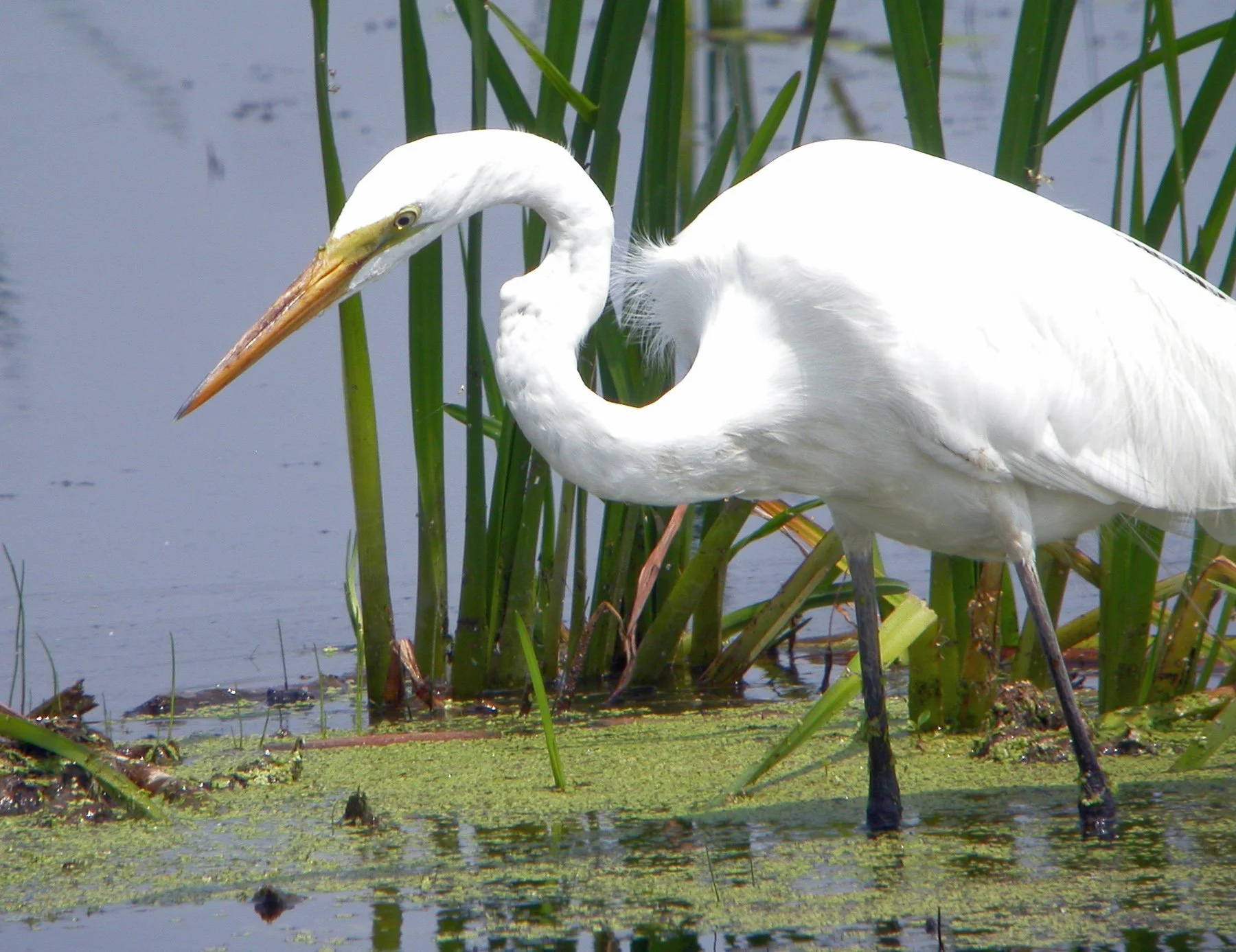Watershed Conservation
Huya Aniwa treats water with reverence. We work to preserve all water sources and recover the ecosystems that support them.
Water is the source of all life on Earth. Its conservation is, therefore, the preservation of life itself. Indigenous peoples have always cultivated water and understood water sources as sacred, preserving them through a history of engineering entire civilizations in balance with their environment despite natural water scarcity.
With the support of Indigenous collectives that have safeguarded water sources for generations, one of Huya Aniwa’s most vital initiatives is preserving water sources and rehabilitating the ecosystems that feed them through sustainable land stewardship. Currently, the Huya Aniwa Institute has rainwater harvesting systems to collect seasonal rainfall, which only visits the region from July through September.
Sustainable land stewardship focusing on water conservation and aquatic ecosystem regeneration helps preserve underground waterways modern development destroys.
Mazatlán is the fastest-growing city in Mexico. The second largest port in the country is currently being built there, and development is exponentially increasing to accommodate conventional tourism. Resorts, strips of restaurants, shops, and residential buildings are being constructed, encroaching on the neighboring biodiversity of La Noria.
Similar to the compounding socio-ecological issues facing Tulum, increased tourism and the influx of development in Sinaloa are anticipated to have a growing environmental impact in the region. To mitigate this impact, Huya Aniwa is seeking investment to purchase acres of neighboring land, which include vital natural water sources, like a freshwater spring. Reforestation of this land will nourish the soil to support the water systems that contribute to the welfare of 500 animal species living in this region and ensure that they always have safe drinking water.
If you are interested in investing in this mission's legacy, please contact our team at info@huyaaniwa.org.

